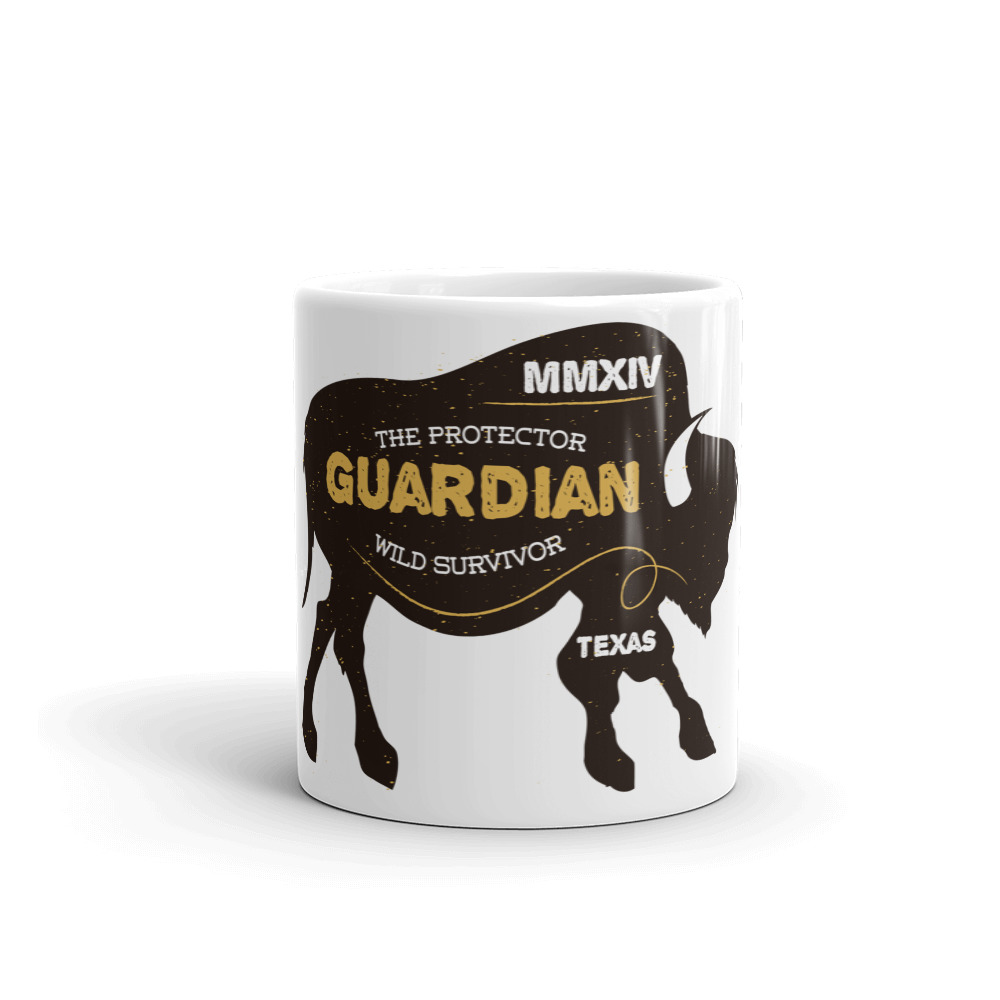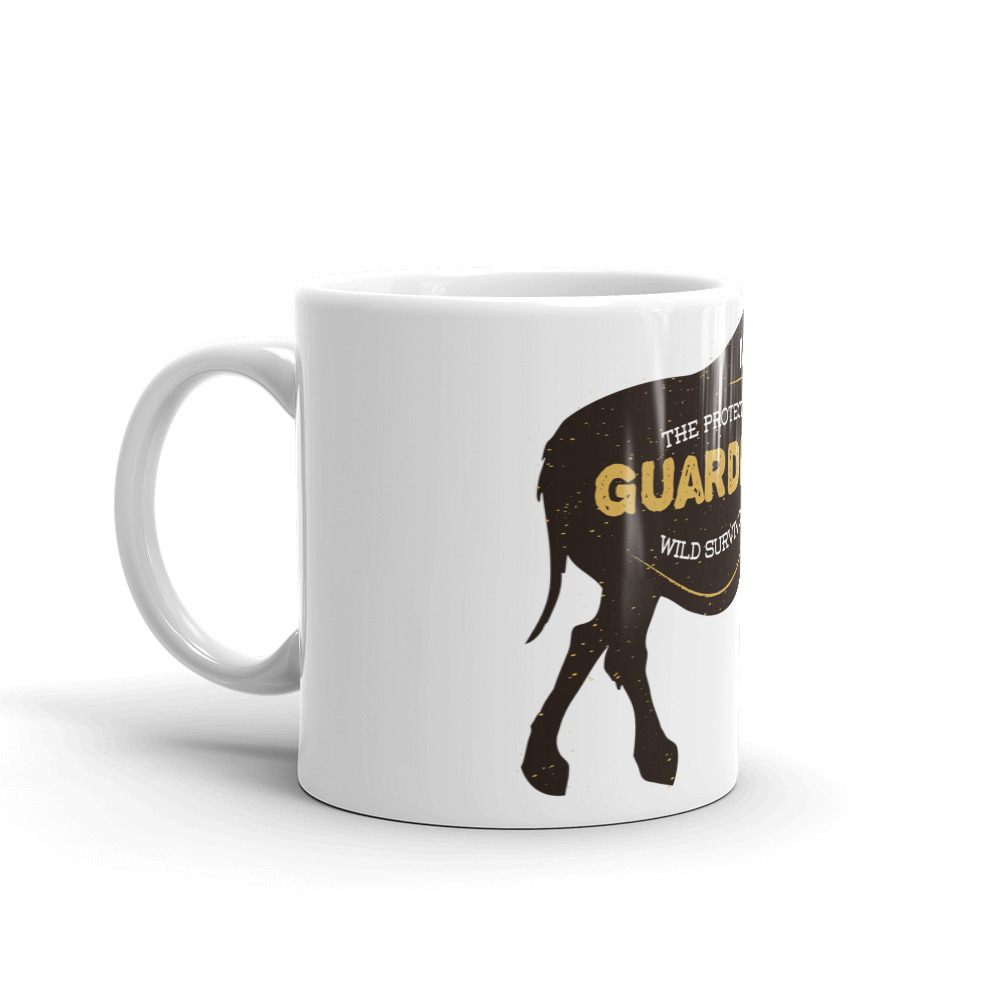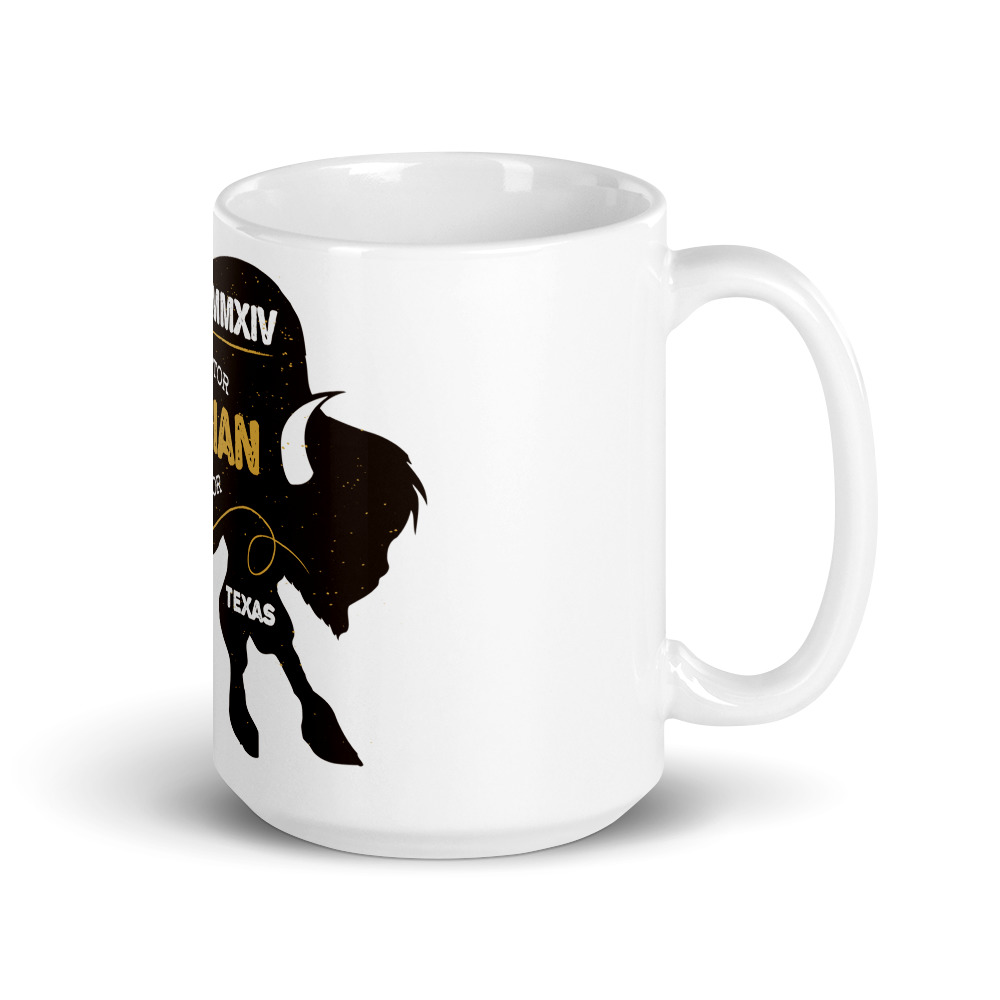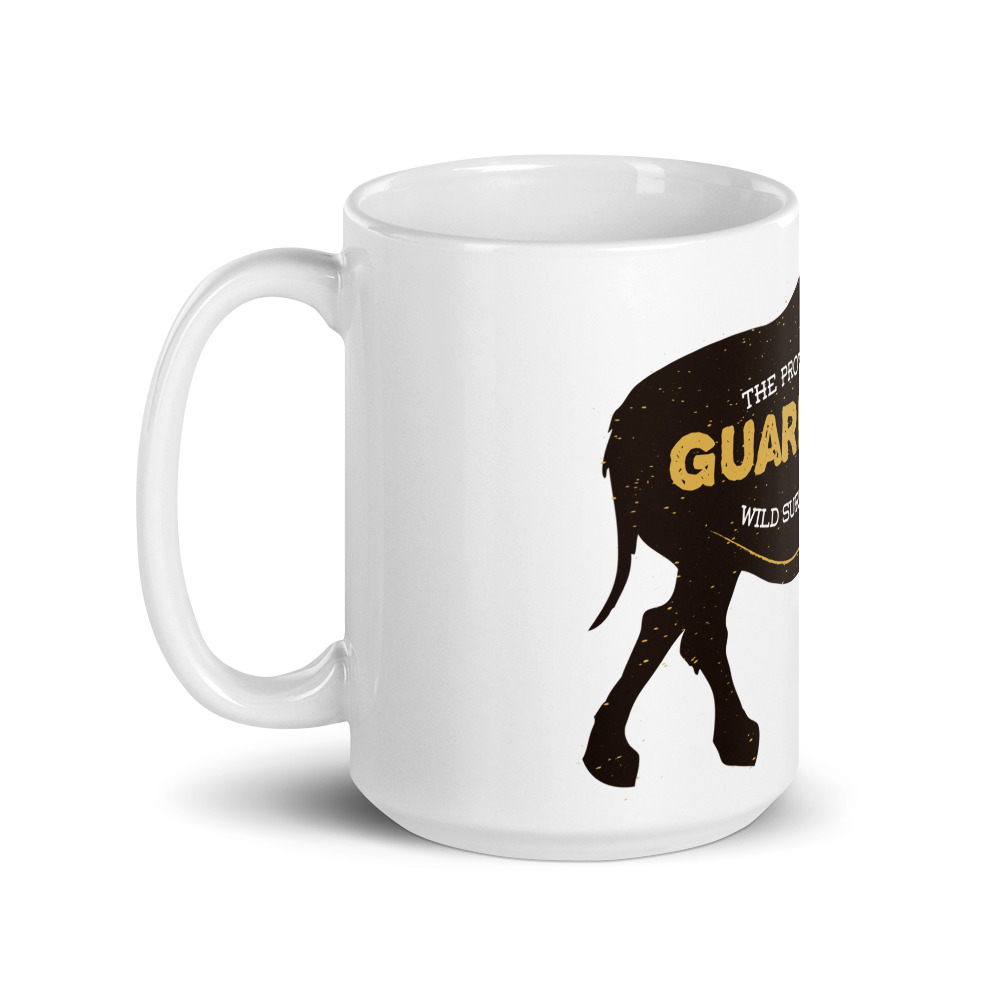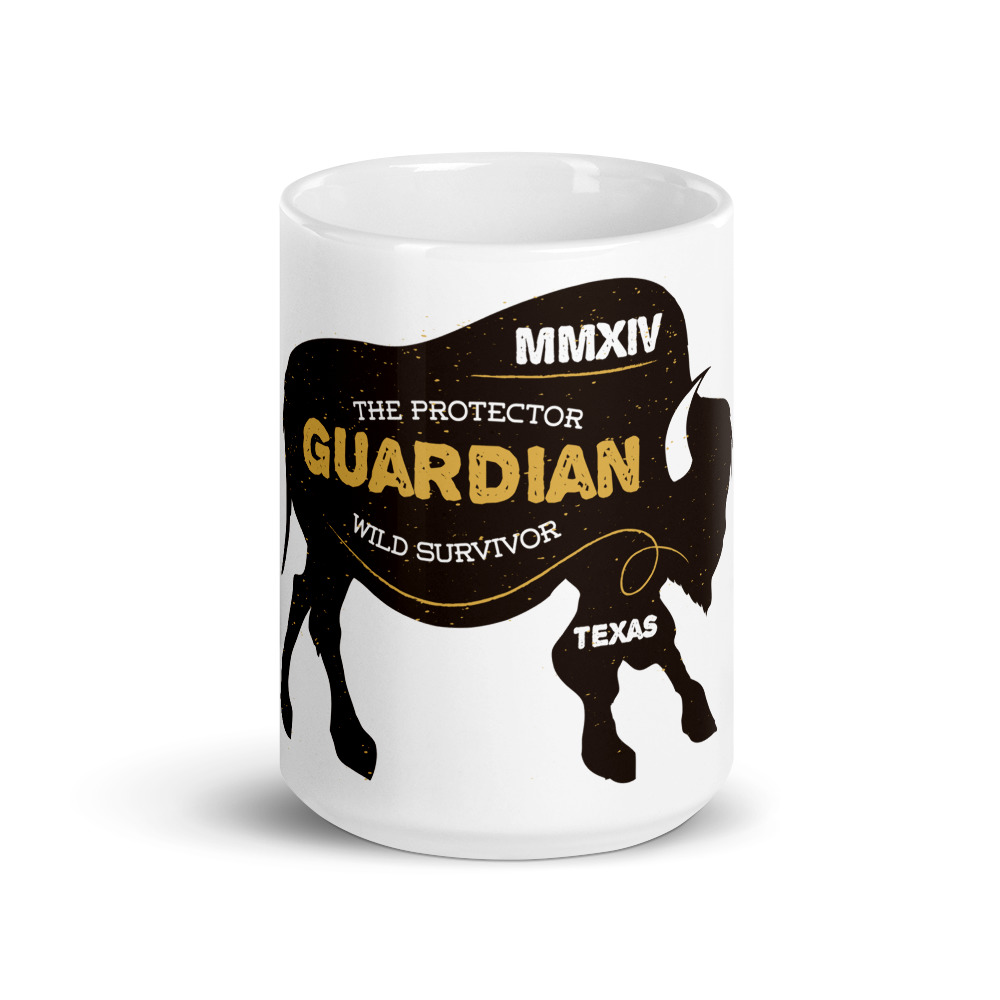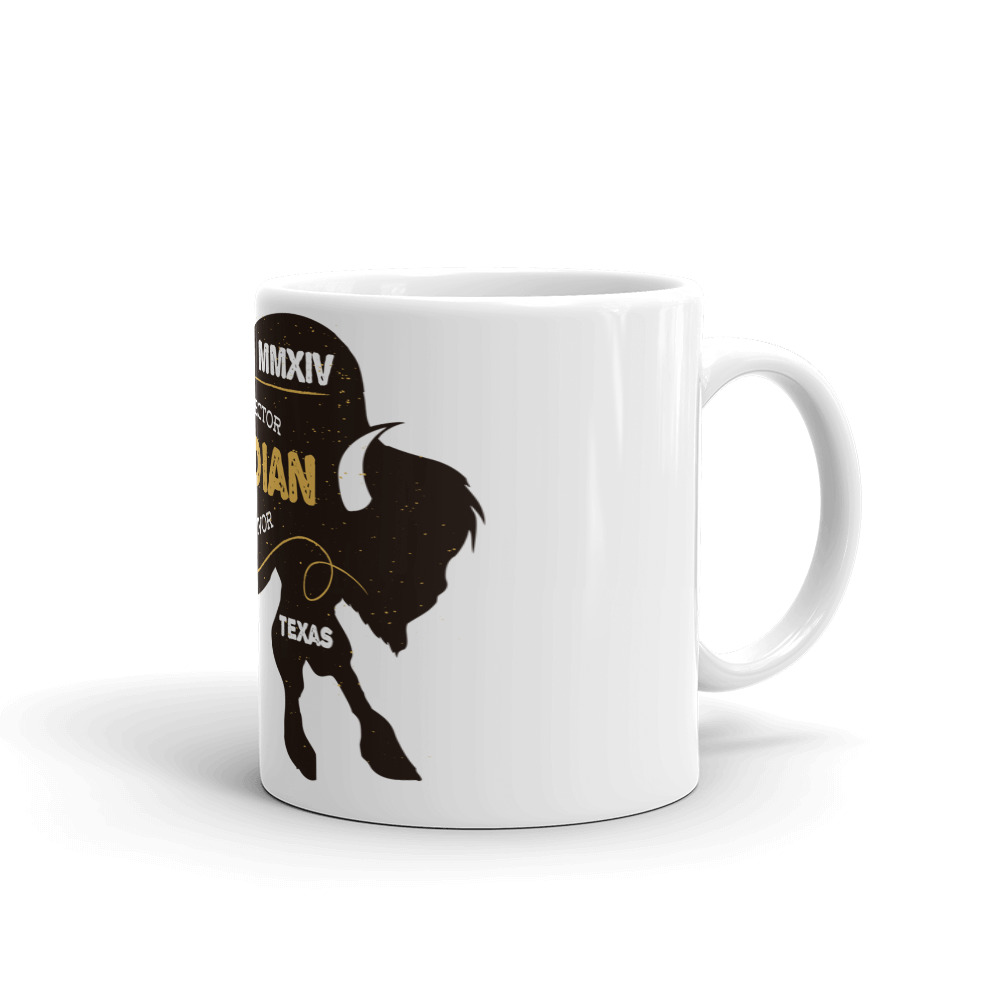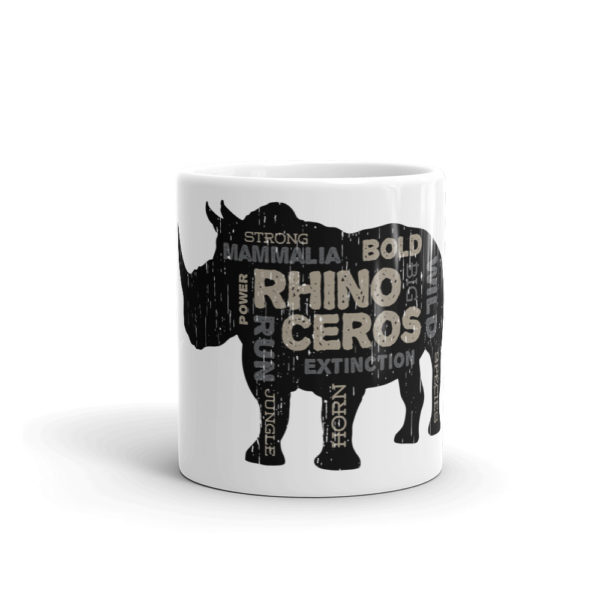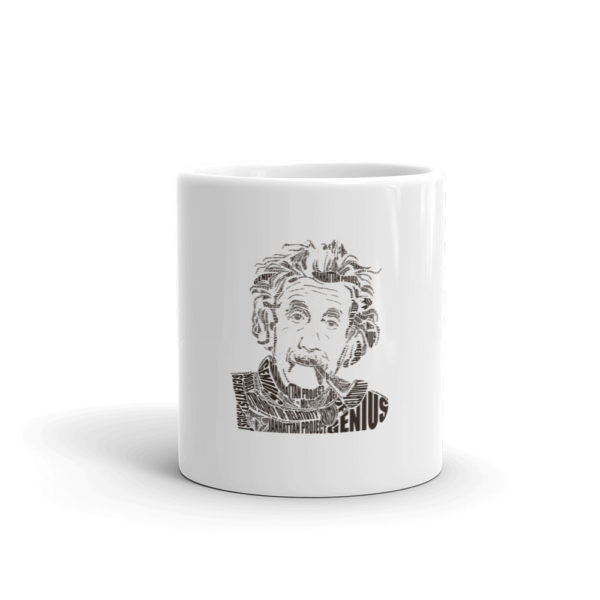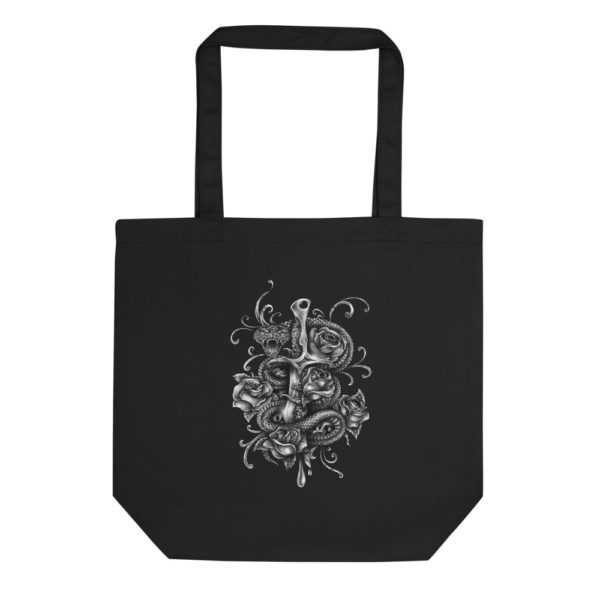Bison Mug
Bison are native to North America and are sometimes referred to as buffalo. Two species are extant: the American bison and the European bison. Both are critically endangered, and many people are concerned for their future. Fortunately, there are a few things you can do to help save them.
Bison were once widespread, ranging from Alaska to northern Mexico. But their numbers were nearly wiped out by the late 1800s. Today, they are only found on protected and privately owned lands in western United States and Canada. In the United States, bison can be found in Yellowstone National Park and Wood Buffalo Park.
Bison – Are They Endangered?
The population of bison has increased over the past few decades, but their number remains low. Since the 1800s, hunting and changes in land use have reduced their numbers significantly. Bison numbers were once in the tens of millions, but today, they number between thirty and sixty million. Luckily, conservation efforts by the government have helped increase the number of bison, and their numbers are expected to rise even further.
While bison were widespread and relatively easy to hunt, they are now severely threatened. They are listed as an endangered species under the U.S. Endangered Species Act and CITES Appendix I. The pre-Columbian bison population was estimated to be 60 million animals. But as European American settlement expanded into the Great Plains, bison numbers decreased significantly. In 1890, there were only a few thousand wild bison in North America. As the result of wars, hunting, and human interference, bison were nearly wiped out.
While there are a few hundred thousand bison left in North America, only a few remain genetically pure. In fact, the Yellowstone bison are genetically distinct from other bison. This means that the population goal set by the IBMP to protect them is too low. If the goal is not raised, the bison population may become extinct.
There is a plan in place to reintroduce European bison to their native habitats. This plan has been supported by the European Commission and local communities. Since 2014, more than 80 bison have been introduced to the Tarcu Mountains. The European Commission is funding the project through the LIFE Programme.
Because of their size, bison have few natural predators. However, wolves, bears, and mountain lions can attack the young. Bison have a life span of 15 to 20 years, but in captivity, they have been known to live up to 40 years. While most of the populations are protected, there are some areas where they are being hunted and raised for meat and hide.
Bison are an important part of the ecosystem. Before European colonists took over the West, bison dominated the landscape. They roamed vast tracts of virgin grasslands and were an important source of food and hides for Native Americans. Native American tribes hunted bison for their meat and clothing, and even used them as tools.

